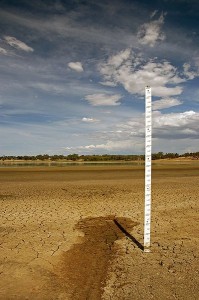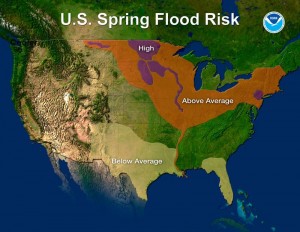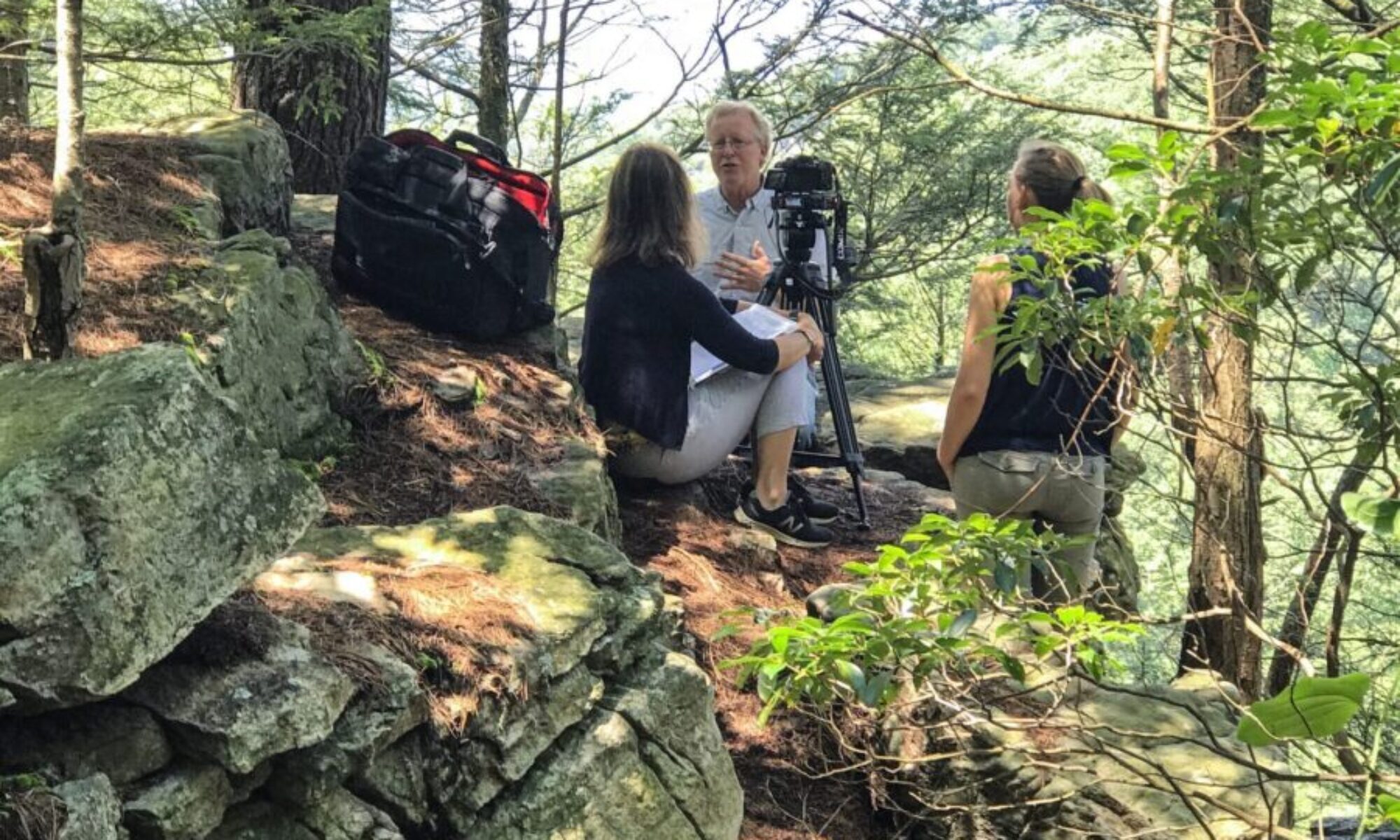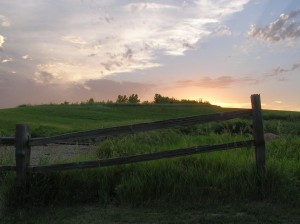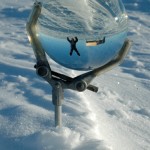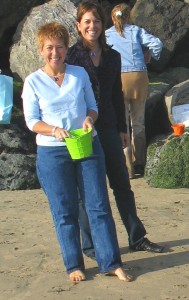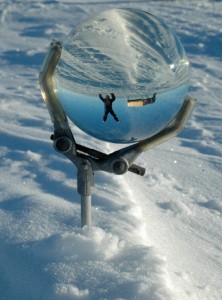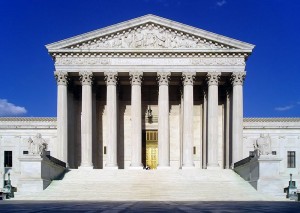Think of it as the climate scientists/journalists version of “eHarmony.” A volunteer website launched by scientists serves as a matchmaking venue for media outlets and government officials looking for input on climate science topics.
It’s a Friday morning and Scott Mandia is scanning the Climate Science Rapid Response Team e-mail inbox he shares with two other climate science match-makers.
Today, on Mandia’s watch, a message from a journalist arrives at 5:30 a.m. It’s the first of two or three media requests he’ll likely get this day. Mandia’s task now? Ask for a response from one of 135 scientists in his network most qualified to answer the question.
Mandia, a professor of physical sciences at Suffolk County Community College, in New York, and his fellow Rapid Response founders, John Abraham, associate professor of thermodynamics at St. Thomas University, and Ray Weymann, a California-based retired astronomer and member of the National Academy of Sciences, take shifts. Each is a volunteer custodian of e-mail requests that flow in from their climate change match-making website connecting climate scientists with lawmakers and media outlets.
Launched in November 2010, the website tries to narrow the information gap between scientific understanding of climate change and what the public knows. Scientists involved with the group are screened and selected on an invitation-only basis. The experts come from a range of climate change science specialties, everything from climate modeling researchers and ecologists to economists and policy experts. Most are university faculty members or employees of government laboratories. It’s not a collection that most climate “contrarians” might be comfortable with.
The all-volunteer group promises to respond quickly to media requests to make sure science is portrayed accurately in the day’s news. They say turnaround time for requests is as fast as two hours for media operating on a short deadline.
“The scientists became members of our group because they understand that, as scientists, they have a responsibility to engage the public by engaging the media,” Mandia said in a phone interview. Mandia said he and his colleagues operate the service with no funding, and the website design was donated by Richard Hawkins, director of the Public Interest Research Centre in the United Kingdom.
Early on a Confusing Mix-up with AGU Media Project
Coincidentally, the Climate Science Rapid Response Team website debuted at the same time as the relaunch of the American Geophysical Unions’s Climate Q and A service, which has similarities with the Rapid Response Team but strictly limits questions to matters of science. Some confusion ensued when the Los Angeles Times erroneously reported a link between the AGU’s group and the Rapid Response volunteers, and AGU staff quickly initiated a damage-control effort in fear that some on Capitol Hill would find, based on the newspaper’s coverage, their effort overly politicized.
“When that (Los Angeles Times) story came out, it sounded like scientists were fighting back against politicians. We are not advocates about policy, but it made us look like we were the 98 pound weaklings getting sand kicked in their face,” said Mandia. But the bad press proved a boon to increase the numbers involved in the Rapid Response force.
“Scientists then realized they were being criticized unfairly and wanted to get involved,” said Mandia. The number of scientists involved with the Rapid Response Team quadrupled in number.
The AGU’s Q and A Service first formed to support media requests during the United Nations Climate Change Conference in Copenhagen in December 2009. It started again prior to the U.N. talks in Cancun. The Q and A service is open to anyone with a PhD degree willing to provide scientific expertise on a subject.
“AGU is not a partisan organization. We are here to make our science available so there is good information available to the media,” AGU Executive Director Chris McEntee said in a telephone interview.
About 700 scientists are registered with AGU’s service, which has provided answers to 68 media outlets. “We think it is important that policymakers, media, and the public get unbiased, nonpartisan information when making a decision,” said McEntee. “The service fits with our mission to promote scientific discovery for the benefit of humanity.”
Scientists Step Up
Mandia said scientists involved with his effort are usually tapped once or twice a month for media inquiries. No single person carries the burden of too many repeat requests because the group has selected a range of scientists, vetted for their expertise in various disciplines. The Rapid Response Team also has promised confidentiality of its scientists, who can remain anonymous if they wish. But Mandia said that, despite the offer, “none of them has ever requested anonymity.”
Andrew Dessler, an atmospheric scientist at Texas A & M University, is affiliated with both information services, but is more involved with the Climate Science Rapid Response Team. He was prompted into action because “dealing with climate change misinformation is difficult to do on your own,” Dessler wrote in an e-mail. “Effectively responding to the denial machine absolutely requires coordinated action by the climate science community. In this way, I think the CCRRT [sic] is a model of how scientists can effectively spend their limited resources on outreach.”
Dessler gives the Rapid Response service high marks, especially for institutionalizing the response process from scientists and distributing the communications workload. “You have to realize the asymmetry here. For [some] so-called skeptics, spreading misinformation is their full-time job. Scientists, on the other hand, already have a full-time job: research and teaching. Thus, we need to have mechanisms to level the playing field, and the CCRRT [sic] is one such mechanism,” said Dessler, adding that he encourages scientists to get involved in public outreach. “Because we are mainly funded by tax dollars, I think we have a responsibility to repay this by spreading the results of our research as far and wide as possible.”
A Goal of Precise Pairing
As of early February, more than 100 media organizations — newspaper, magazine, online media, television, and radio — and government officials have used the service to find climate scientists who could comment on a story. Mainstream media users have included The New York Times, The Guardian (UK), CNN International, and American Public Media’s “Marketplace,” among many others. Mandia said many of the media questions in December had to do with severe weather in the United States and in Northern Europe.
The Rapid Response website includes testimonials from such reporters as Ben Webster, of The Times in London: “I asked a difficult question about ice cores and was impressed by the efforts the team made to find the right people to respond. The response was balanced, stating clearly what was known but also the uncertainties.”
Eli Kintisch, a reporter for Science and author of Hack the Planet (Wiley, 2010), called on the service when he was looking for a scientist to serve as a color commentator of a live blog for Science he was producing during a House hearing. Facing time constraints, Kintisch relied on the matchmakers for the legwork of finding someone to fill this role.
“I have my own batch of sources on climate that I have used to comment on stories, and I have used ProfNet in the past occasionally. But I was looking for someone who had some experience with public engagement and would be available for two to four hours,” Kintisch said in a telephone interview. “The hearing was a review of the basics of climate science, and there were some prominent contrarians testifying, so I thought it would be useful to have someone available who knew the basics of climate science.”
While not all climate scientists feel comfortable engaging with the media, they are finding ways to get more involved in communications. Mandia said, “Some scientists are nervous about speaking to the press and worry they will be misquoted, but getting out of the ‘Ivory Tower’ is becoming very important.” [See complete story in The Yale Forum]
